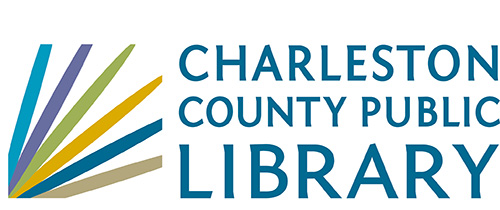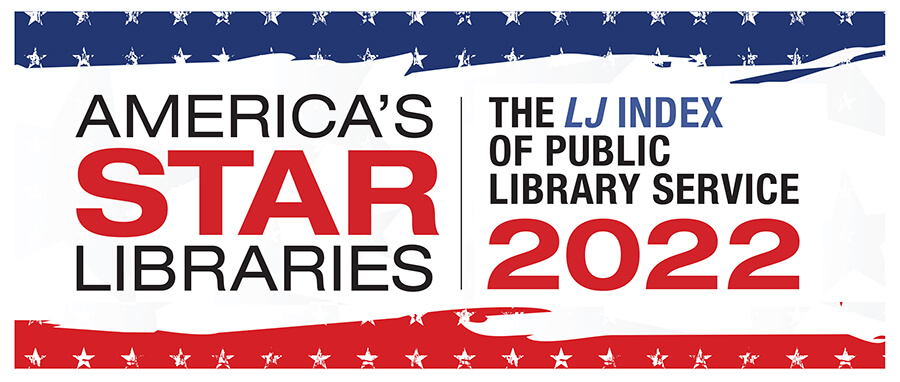Menu
×
West Ashley Library
9 a.m. - 6 p.m.
Phone: (843) 766-6635
Folly Beach Library
9 a.m. - 1 p.m.
Phone: (843) 588-2001
Edgar Allan Poe/Sullivan's Island Library
Closed for renovations
Phone: (843) 883-3914
Wando Mount Pleasant Library
9 a.m. - 6 p.m.
Phone: (843) 805-6888
Village Library
9 a.m. - 6 p.m.
Phone: (843) 884-9741
St. Paul's/Hollywood Library
9 a.m. - 6 p.m.
Phone: (843) 889-3300
Otranto Road Library
9 a.m. - 6 p.m.
Phone: (843) 572-4094
Mt. Pleasant Library
9 a.m. – 6 p.m.
Phone: (843) 849-6161
McClellanville Library
9 a.m. - 1 p.m.
Phone: (843) 887-3699
Keith Summey North Charleston Library
9 a.m. – 6 p.m.
Phone: (843) 744-2489
John's Island Library
9 a.m. - 6 p.m.
Phone: (843) 559-1945
Hurd/St. Andrews Library
9 a.m. - 6 p.m.
Phone: (843) 766-2546
Miss Jane's Building (Edisto Library Temporary Location)
9 a.m. – 3 p.m.
Phone: (843) 869-2355
Dorchester Road Library
9 a.m. - 6 p.m.
Phone: (843) 552-6466
John L. Dart Library
9 a.m. - 6 p.m.
Phone: (843) 722-7550
Baxter-Patrick James Island
9 a.m. - 6 p.m.
Phone: (843) 795-6679
Main Library
9 a.m. - 6 p.m.
Phone: (843) 805-6930
Bees Ferry West Ashley Library
9 a.m. - 6 p.m.
Phone: (843) 805-6892
Mobile Library
9 a.m. - 5 p.m.
Phone: (843) 805-6909
Today's Hours
West Ashley Library
9 a.m. - 6 p.m.
Phone: (843) 766-6635
Folly Beach Library
9 a.m. - 1 p.m.
Phone: (843) 588-2001
Edgar Allan Poe/Sullivan's Island Library
Closed for renovations
Phone: (843) 883-3914
Wando Mount Pleasant Library
9 a.m. - 6 p.m.
Phone: (843) 805-6888
Village Library
9 a.m. - 6 p.m.
Phone: (843) 884-9741
St. Paul's/Hollywood Library
9 a.m. - 6 p.m.
Phone: (843) 889-3300
Otranto Road Library
9 a.m. - 6 p.m.
Phone: (843) 572-4094
Mt. Pleasant Library
9 a.m. – 6 p.m.
Phone: (843) 849-6161
McClellanville Library
9 a.m. - 1 p.m.
Phone: (843) 887-3699
Keith Summey North Charleston Library
9 a.m. – 6 p.m.
Phone: (843) 744-2489
John's Island Library
9 a.m. - 6 p.m.
Phone: (843) 559-1945
Hurd/St. Andrews Library
9 a.m. - 6 p.m.
Phone: (843) 766-2546
Miss Jane's Building (Edisto Library Temporary Location)
9 a.m. – 3 p.m.
Phone: (843) 869-2355
Dorchester Road Library
9 a.m. - 6 p.m.
Phone: (843) 552-6466
John L. Dart Library
9 a.m. - 6 p.m.
Phone: (843) 722-7550
Baxter-Patrick James Island
9 a.m. - 6 p.m.
Phone: (843) 795-6679
Main Library
9 a.m. - 6 p.m.
Phone: (843) 805-6930
Bees Ferry West Ashley Library
9 a.m. - 6 p.m.
Phone: (843) 805-6892
Mobile Library
9 a.m. - 5 p.m.
Phone: (843) 805-6909
Patron Login
menu
Item request has been placed!
×
Item request cannot be made.
×
 Processing Request
Processing Request
Fire Activity and Severity in the Western US Vary along Proxy Gradients Representing Fuel Amount and Fuel Moisture.
Item request has been placed!
×
Item request cannot be made.
×
 Processing Request
Processing Request
- Author(s): Parks, Sean A.1 ; Parisien, Marc-André2; Miller, Carol1; Dobrowski, Solomon Z.3
- Source:
PLoS ONE. Jun2014, Vol. 9 Issue 6, p1-8. 8p.- Subject Terms:
- Source:
- Additional Information
- Abstract: Numerous theoretical and empirical studies have shown that wildfire activity (e.g., area burned) at regional to global scales may be limited at the extremes of environmental gradients such as productivity or moisture. Fire activity, however, represents only one component of the fire regime, and no studies to date have characterized fire severity along such gradients. Given the importance of fire severity in dictating ecological response to fire, this is a considerable knowledge gap. For the western US, we quantify relationships between climate and the fire regime by empirically describing both fire activity and severity along two climatic water balance gradients, actual evapotranspiration (AET) and water deficit (WD), that can be considered proxies for fuel amount and fuel moisture, respectively. We also concurrently summarize fire activity and severity among ecoregions, providing an empirically based description of the geographic distribution of fire regimes. Our results show that fire activity in the western US increases with fuel amount (represented by AET) but has a unimodal (i.e., humped) relationship with fuel moisture (represented by WD); fire severity increases with fuel amount and fuel moisture. The explicit links between fire regime components and physical environmental gradients suggest that multivariable statistical models can be generated to produce an empirically based fire regime map for the western US. Such models will potentially enable researchers to anticipate climate-mediated changes in fire recurrence and its impacts based on gridded spatial data representing future climate scenarios. [ABSTRACT FROM AUTHOR]
- Abstract: Copyright of PLoS ONE is the property of Public Library of Science and its content may not be copied or emailed to multiple sites or posted to a listserv without the copyright holder's express written permission. However, users may print, download, or email articles for individual use. This abstract may be abridged. No warranty is given about the accuracy of the copy. Users should refer to the original published version of the material for the full abstract. (Copyright applies to all Abstracts.)
- Abstract:
Contact CCPL
Copyright 2022 Charleston County Public Library Powered By EBSCO Stacks 3.3.0 [350.3] | Staff Login


No Comments.